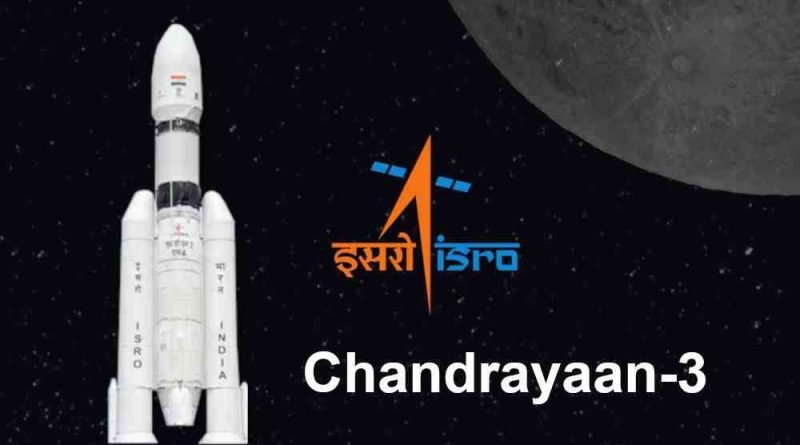Chandrayaan-3: India successfully launches rocket to land spacecraft on Moon
The Indian Space Research Organization (ISRO) successfully launched India’s third lunar exploration mission Chandrayaan-3 spacecraft from the Sathish Dhawan Space Center in Shriharikota in Andhra Pradesh on July 14th, 2023 at 2:35 PM IST.
The mission is follows Chandrayaan-2, which was launched in 2019 and successfully placed an orbiter around the Moon. But, unfortunately the lander of the mission crashed on the lunar surface. ISRO makes an improvement in software and hardware of Chandrayaan-3 to make it possible chance of success.
What is Chandrayaan-3?
Chandrayaan-3 is the third lunar exploration mission by the Indian Space Research Organization. It consists of a Vikram lander (named after Indian space pioneer Vikram Sarabhai) and the 26-kilogram Pragyan rover similar to Chandrayaan-2.
The journey of Chandrayaan-3 for over a month before landing on the lunar surface later in August. India will become the fourth nation after United States, the former Soviet Union and China who successfully landed on the lunar surface if the mission will be accomplished successfully.
Prime Minister Narendra Modi said, “Chandrayaan-3 scripts a new chapter in India’s space odyssey. It soars high, elevating the dreams and ambitions of every Indian. This momentous achievement is a testament to our scientists’ relentless dedication. I salute their spirit and ingenuity!” he wrote on Twitter.
The main objective of the Chandrayaan-3 mission follows the previous mission to demonstrate landing and operational capability on the Moon. The lander and rover also carry some of the variety of technical instruments
such as seismometer, laser retro reflector, Langmuir probe, etc. to perform operational research on the lunar surface and study its environment.
The total operation cost of the Chandrayaan-3 mission is ₹615 crores. The spacecraft consists of a six wheeled lander and rover module with payloads to provide data related to the Moon’s surface.





